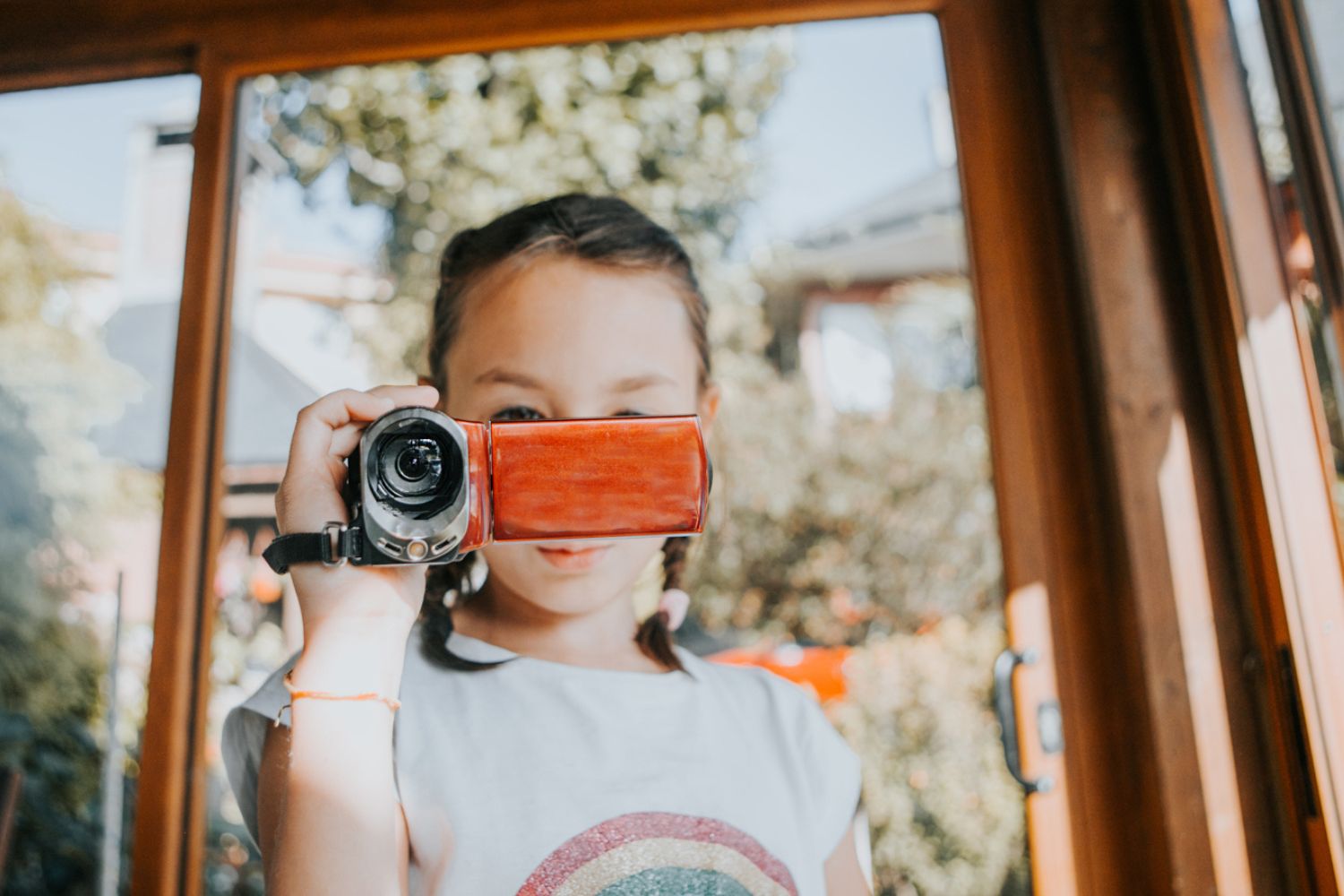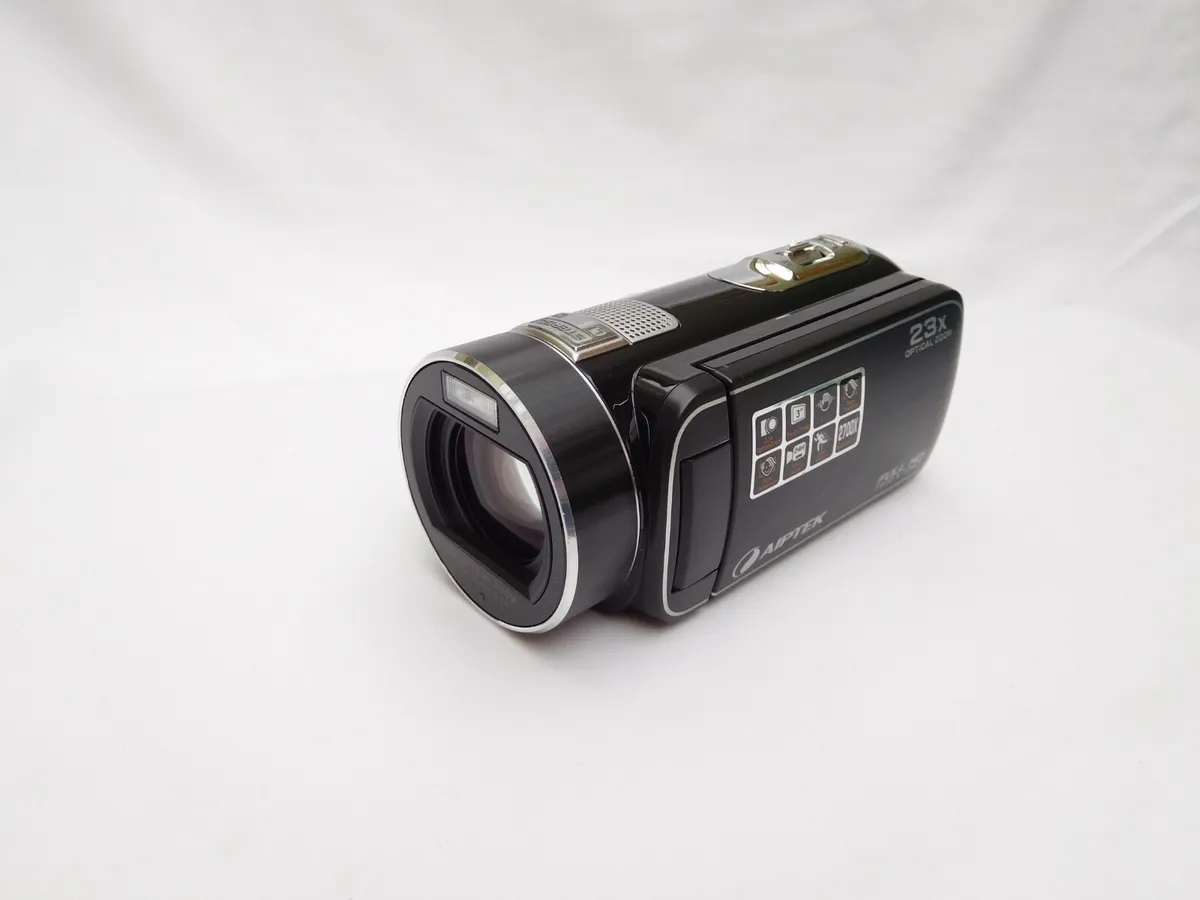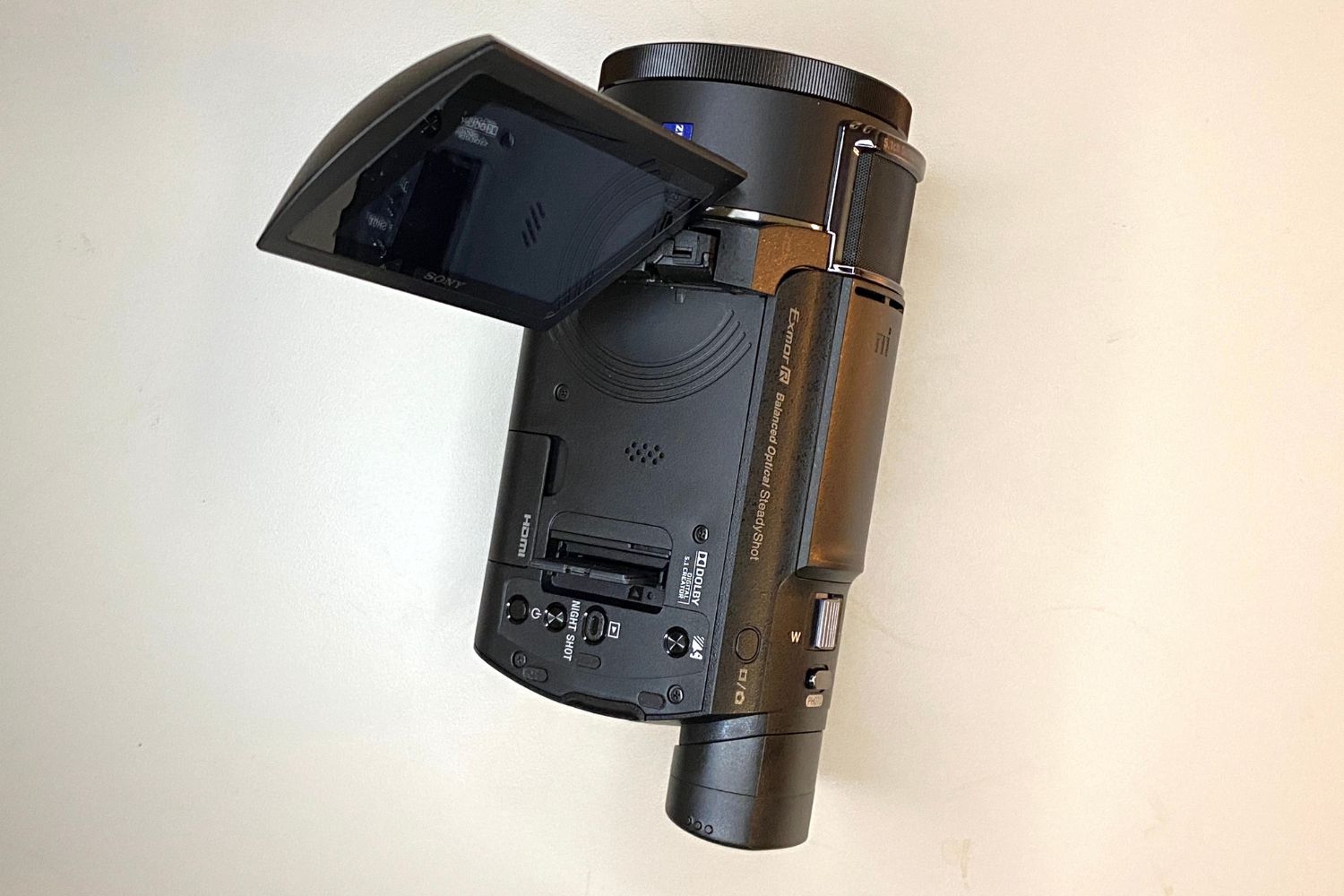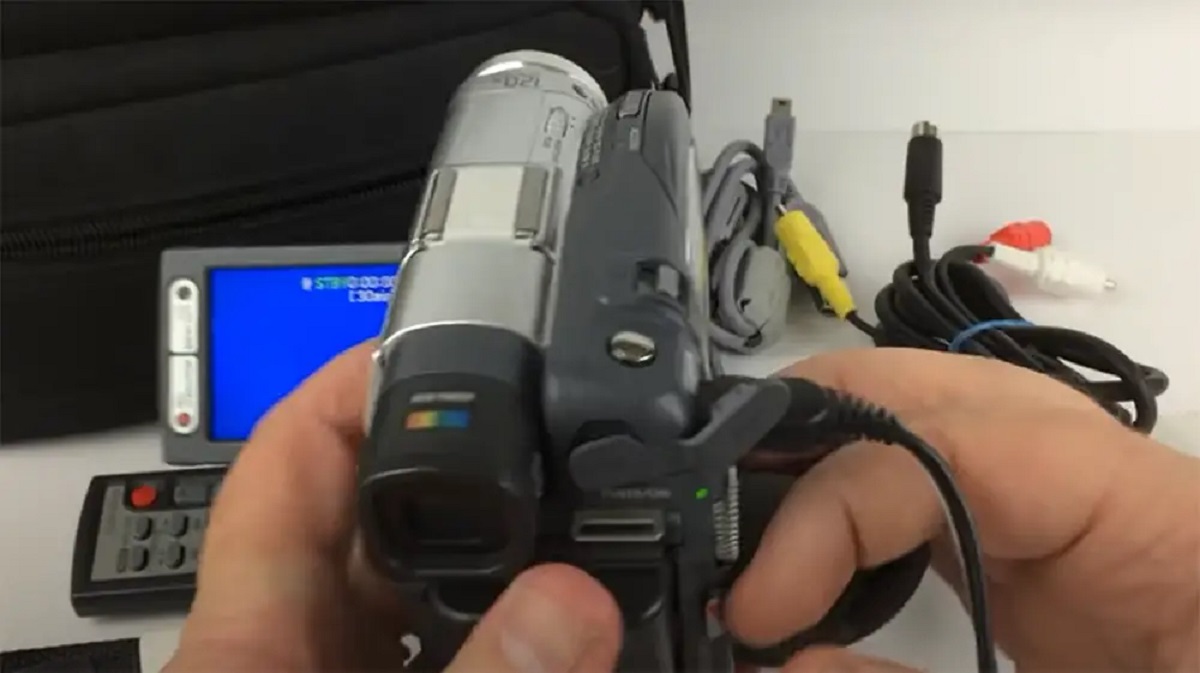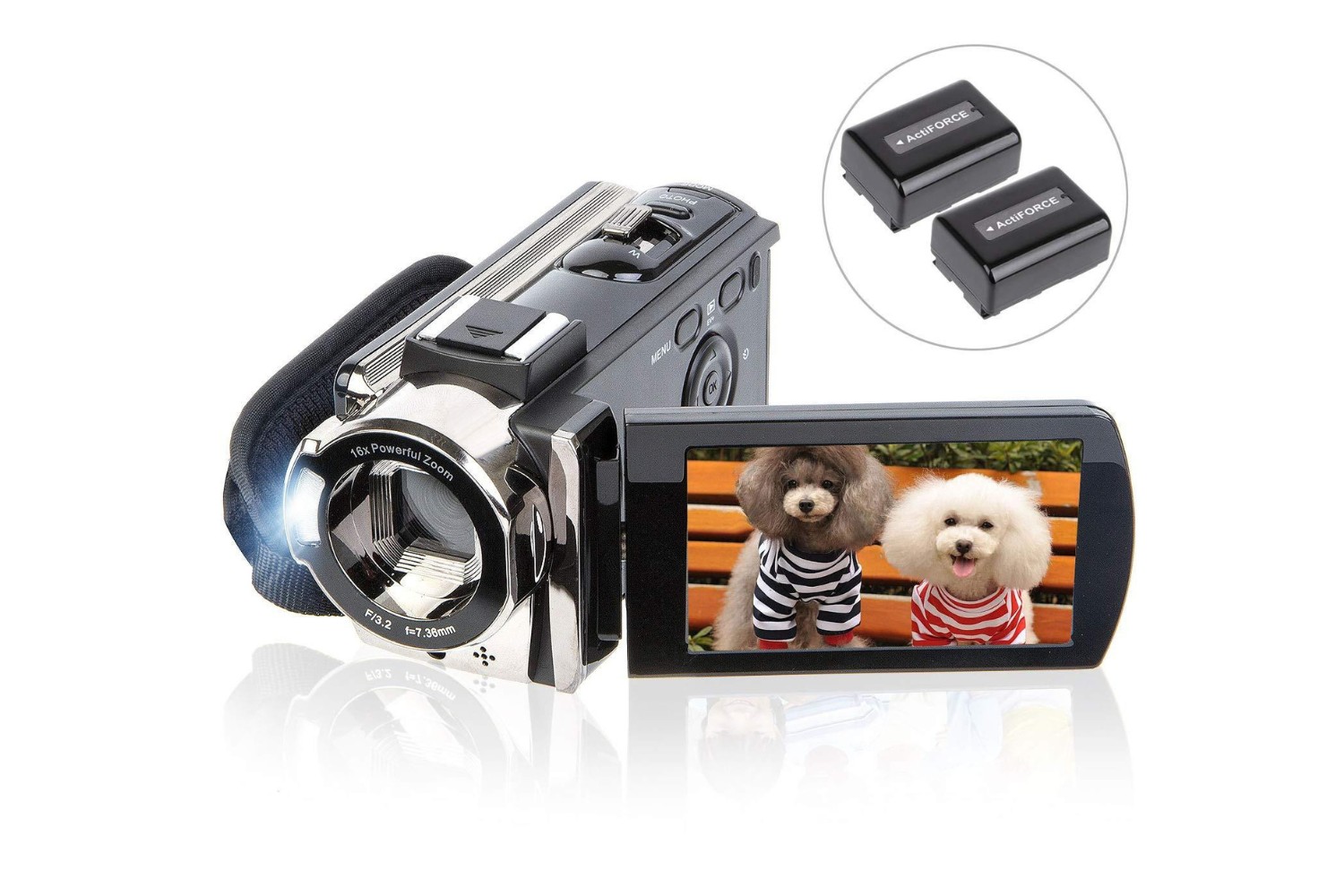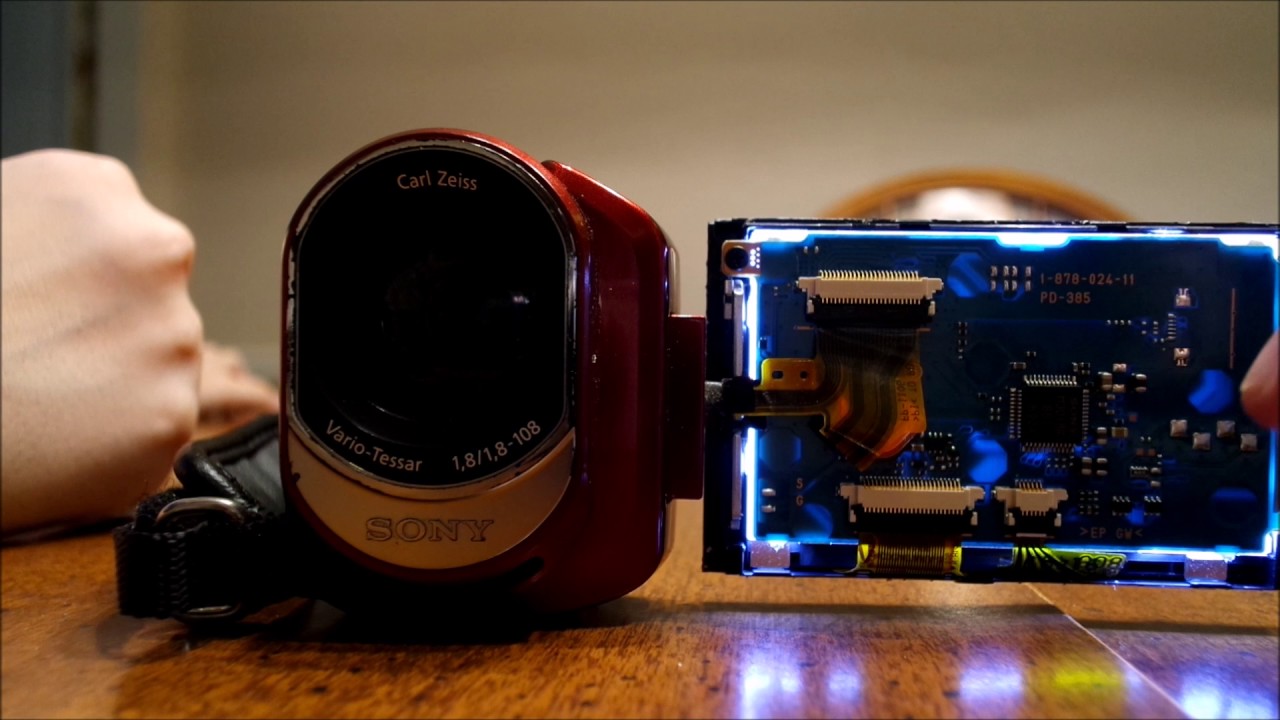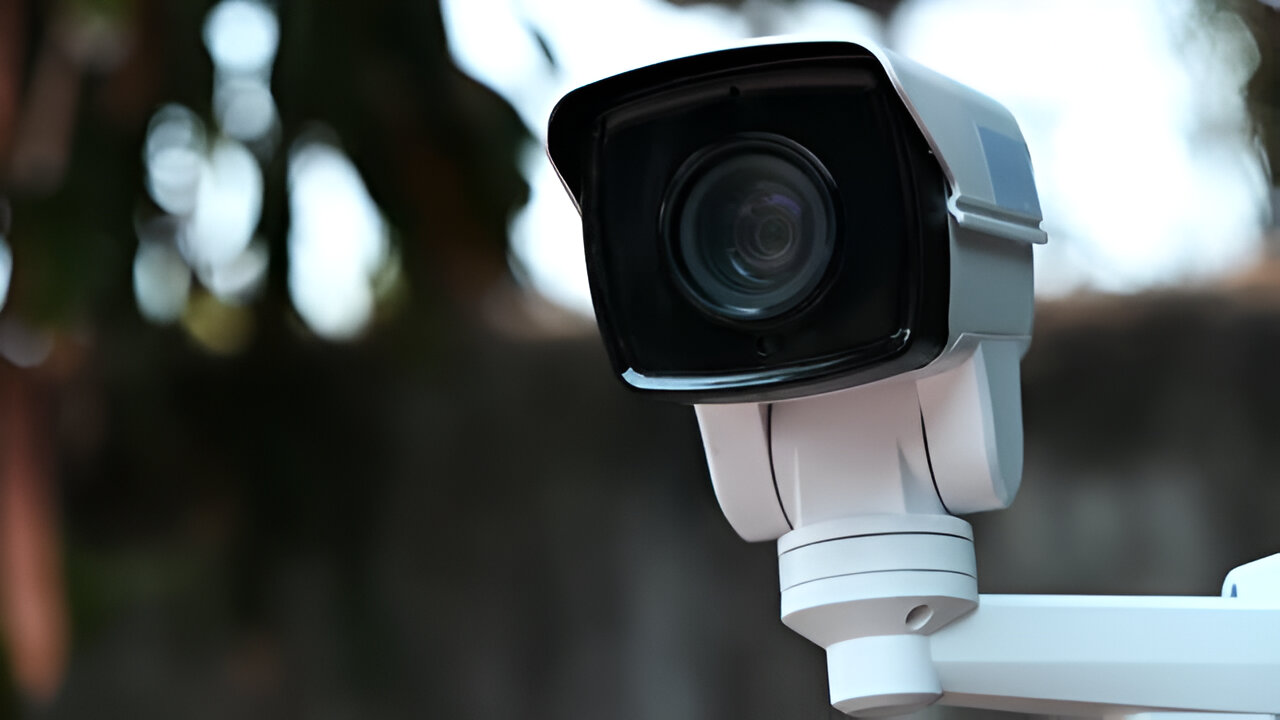Introduction
So, you've decided to venture into the world of videography and capture life's precious moments with a camcorder. Congratulations on taking this exciting step! Whether you're an aspiring filmmaker, a vlogger looking to share your experiences, or a parent eager to document your child's milestones, a camcorder can be a powerful tool for preserving memories and unleashing your creativity.
In this comprehensive guide, we'll walk you through everything you need to know about using a camcorder effectively. From choosing the right device to mastering shooting techniques and editing your footage, you'll gain the knowledge and confidence to create compelling videos that resonate with your audience.
With the rapid advancements in technology, the options for camcorders are more diverse than ever. From compact handheld models to professional-grade units, there's a camcorder to suit every budget and skill level. By understanding the key features and capabilities of different camcorders, you can make an informed decision that aligns with your specific needs and aspirations.
Moreover, we'll delve into the fundamental techniques for operating a camcorder, ensuring that you're well-equipped to capture stunning visuals and crisp audio. Whether you're shooting a family vacation, a birthday celebration, or a creative project, mastering these techniques will elevate the quality of your videos and enhance your storytelling abilities.
Furthermore, we'll explore the myriad features and functions that modern camcorders offer, empowering you to maximize their potential and unleash your creativity. From manual settings for exposure and focus to built-in stabilization and advanced audio controls, these features can elevate the production value of your videos and provide you with greater artistic control.
Finally, we'll guide you through the process of transferring your footage to a computer and editing it to perfection. Whether you want to trim, enhance, or add effects to your videos, we'll equip you with the essential skills and tools to bring your vision to life.
By the end of this guide, you'll be well-versed in the art of using a camcorder and ready to embark on your journey as a proficient videographer. So, let's dive in and unlock the full potential of your camcorder!
Choosing the Right Camcorder
When it comes to selecting a camcorder, the array of options available can be overwhelming. To make an informed decision, consider the following factors:
- Intended Use: Determine the primary purpose of the camcorder. Are you capturing family events, creating vlogs, or pursuing professional videography? Your intended use will influence the features and specifications you require.
- Resolution: Camcorders offer various resolution options, from standard definition to ultra-high definition (4K). Higher resolution provides greater detail and clarity, but it may also require more storage space.
- Zoom Capability: Assess the optical and digital zoom capabilities of the camcorder. A powerful zoom can enhance your ability to capture distant subjects without compromising image quality.
- Image Stabilization: Look for camcorders with effective image stabilization, especially if you anticipate shooting handheld footage. This feature minimizes shaky camera movements and ensures smoother, more professional-looking videos.
- Audio Quality: Good audio is essential for compelling videos. Consider camcorders with built-in microphones, external microphone inputs, and manual audio controls to capture clear and immersive sound.
- Storage and Battery Life: Evaluate the storage options, such as internal memory and compatibility with external memory cards. Additionally, assess the battery life to ensure that it meets your filming needs without frequent recharging.
- Size and Weight: The portability of the camcorder is crucial, especially if you plan to carry it for extended periods. Compact and lightweight models offer convenience without sacrificing performance.
- Additional Features: Explore other features such as touchscreen interfaces, manual controls, Wi-Fi connectivity, and compatibility with external accessories. These extras can enhance your filming experience and expand your creative possibilities.
By carefully considering these factors and aligning them with your specific requirements, you can narrow down the options and find a camcorder that perfectly suits your needs. Whether you prioritize portability, advanced features, or budget-friendly options, the right camcorder will empower you to capture stunning videos and unleash your creativity.
Familiarizing Yourself with the Camcorder
Before embarking on your videography journey, it’s essential to familiarize yourself with the various components and functions of your camcorder. By understanding its features and controls, you’ll be well-prepared to capture compelling footage with confidence.
Begin by acquainting yourself with the physical aspects of the camcorder. Identify the location of the lens, viewfinder or LCD screen, microphone, and various buttons or dials. Familiarize yourself with the ports for connecting external microphones, headphones, and other accessories. Understanding the physical layout will streamline your operation of the camcorder and facilitate quick adjustments while filming.
Next, delve into the menu system and settings. Familiarize yourself with the navigation controls and the various options available, such as resolution settings, frame rates, white balance, exposure controls, and audio settings. Take the time to explore the menu and make adjustments to understand how each setting impacts the final footage.
Practice handling the camcorder to develop a steady grip and smooth movements. Experiment with panning, tilting, and zooming to achieve fluid and professional-looking shots. Additionally, familiarize yourself with the autofocus and manual focus capabilities, understanding when each mode is most appropriate for different shooting scenarios.
Understanding the basics of exposure is crucial for capturing well-lit and visually appealing footage. Familiarize yourself with the exposure controls, including aperture, shutter speed, and ISO settings. Experiment with these controls to grasp their impact on the brightness, depth of field, and motion blur in your videos.
Furthermore, explore the audio controls and microphone settings to ensure clear and balanced sound capture. Adjust the microphone sensitivity, wind noise reduction, and audio levels to optimize the audio quality for different filming conditions.
Finally, familiarize yourself with the playback and review functions of the camcorder. Learn how to access and review your recorded footage, navigate through clips, and delete unwanted segments. Understanding these functions will streamline the post-shooting process and help you manage your footage effectively.
By thoroughly familiarizing yourself with your camcorder’s features and controls, you’ll be well-equipped to operate it with confidence and precision. This foundational knowledge will set the stage for mastering shooting techniques and leveraging the camcorder’s full potential to create captivating videos.
Shooting Techniques
Mastering essential shooting techniques is key to capturing visually engaging and compelling footage with your camcorder. Whether you’re documenting family moments, creating travel videos, or pursuing professional projects, these techniques will elevate the quality of your videos and enhance your storytelling abilities.
Stability and Composition: Maintaining stability is crucial for achieving professional-looking footage. Hold the camcorder steady by using both hands, keeping your elbows close to your body, and using a tripod when necessary. Additionally, pay attention to composition by using the rule of thirds, framing your subjects thoughtfully, and considering the background and foreground elements that contribute to the visual narrative.
Smooth Movements: When panning or tilting, execute slow and steady movements to avoid jerky footage. Smoothly follow the action or scenery, ensuring that the transitions are seamless and visually appealing. If your camcorder has built-in stabilization, leverage this feature to further enhance the smoothness of your shots.
Zooming Techniques: Utilize zooming strategically to add dynamism to your shots. Instead of constantly zooming in and out, consider starting wide, zooming in to capture the main subject, and then holding the shot for a few seconds before zooming out. This technique creates a more professional and deliberate effect.
Focus and Depth of Field: Mastering focus is essential for achieving sharp and visually captivating footage. Experiment with manual focus to control the depth of field, selectively highlighting subjects while creating pleasing background blur. Understanding focus techniques will add depth and visual interest to your videos.
Exposure and Lighting: Pay attention to exposure and lighting to ensure well-lit and visually appealing footage. Adjust the exposure settings to maintain balanced brightness, and consider the direction and quality of light when framing your shots. Be mindful of harsh shadows and overexposed areas, making necessary adjustments to achieve optimal lighting.
Capturing Audio: Good audio is integral to compelling videos. Pay attention to the sound environment, minimizing background noise and capturing clear, well-balanced audio. If your camcorder allows for external microphone attachment, consider using a dedicated microphone for enhanced sound quality.
By mastering these shooting techniques, you’ll be equipped to capture stunning and immersive footage that resonates with your audience. These foundational skills will set the stage for leveraging your camcorder’s features and capabilities to their fullest potential, enhancing the visual and storytelling impact of your videos.
Using the Camcorder’s Features
Modern camcorders are equipped with a diverse array of features and functions that empower videographers to unleash their creativity and capture stunning footage. Understanding and leveraging these features will elevate the production value of your videos and provide you with greater artistic control.
Manual Controls: Many camcorders offer manual controls for exposure, focus, and white balance. Familiarize yourself with these settings to achieve precise control over the visual elements of your footage. Manual adjustments allow you to tailor the look and feel of your videos to match your creative vision.
Image Stabilization: If your camcorder features image stabilization, explore and activate this function to minimize the impact of camera shake. Whether you’re shooting handheld or capturing moving subjects, image stabilization enhances the smoothness and professionalism of your footage.
Slow Motion and Time-Lapse: Some camcorders offer the ability to record in slow motion or create captivating time-lapse sequences. Experiment with these features to add visual interest and creative storytelling elements to your videos, capturing moments in unique and compelling ways.
Audio Controls: Explore the audio settings of your camcorder, including options for adjusting microphone sensitivity, applying wind noise reduction, and manually controlling audio levels. Understanding and utilizing these controls will ensure clear and immersive sound capture, enhancing the overall quality of your videos.
Zoom and Focus Assist: Leverage the camcorder’s zoom and focus assist functions to achieve precise and visually appealing shots. These features provide visual aids and indicators to assist with accurate focusing and zooming, ensuring that your subjects are captured with clarity and precision.
Custom Presets and Scene Modes: Some camcorders offer custom presets and scene modes tailored for specific shooting conditions, such as landscapes, portraits, or low-light environments. Experiment with these presets to streamline your workflow and optimize your settings for different filming scenarios.
Wireless Connectivity: Explore the wireless connectivity options of your camcorder, such as Wi-Fi or Bluetooth capabilities. These features enable seamless file transfer, remote control from a mobile device, and the potential for live streaming, expanding your creative possibilities and workflow flexibility.
By mastering the features and functions of your camcorder, you’ll gain greater artistic control and technical proficiency, allowing you to capture visually stunning and compelling footage. These features are powerful tools for enhancing the quality and impact of your videos, providing you with the means to bring your creative vision to life.
Transferring and Editing Footage
Once you’ve captured your footage with the camcorder, the next crucial step is transferring it to a computer and editing it to perfection. This process allows you to refine your videos, add creative elements, and ultimately bring your vision to life. Here’s a guide to effectively transferring and editing your footage:
Transferring Footage: Most modern camcorders offer multiple methods for transferring footage to a computer. Utilize USB connections, memory card readers, or wireless transfer options to import your videos into editing software. Ensure that your computer recognizes the camcorder or memory card, and then proceed to transfer the files to a designated folder on your computer for easy access.
Organizing Your Footage: Create a well-structured system for organizing your footage. Utilize folders and naming conventions to categorize your videos based on projects, dates, or themes. This organization will streamline your editing process and make it easier to locate specific clips when needed.
Editing Software: Choose a video editing software that aligns with your skill level and creative requirements. Whether you opt for user-friendly entry-level software or professional-grade editing suites, familiarize yourself with the interface, tools, and features to effectively manipulate and enhance your footage.
Trimming and Arranging: Start by importing your footage into the editing software and organizing it on the timeline. Trim unnecessary sections, arrange the clips in the desired sequence, and create a cohesive flow that aligns with your storytelling objectives. Pay attention to pacing and rhythm to maintain viewer engagement.
Enhancements and Effects: Explore the editing software’s capabilities for enhancing your footage. Apply color correction, adjust brightness and contrast, and add visual effects to elevate the overall look of your videos. Additionally, consider incorporating transitions, titles, and graphics to add polish and professionalism to your projects.
Audio Editing: Fine-tune the audio elements of your videos to ensure clear, balanced, and impactful sound. Adjust audio levels, apply noise reduction, and add background music or sound effects to enhance the emotional impact of your footage.
Exporting and Sharing: Once you’re satisfied with the edits, export your videos in the desired format and resolution. Consider the intended platform for sharing your videos, whether it’s social media, online platforms, or personal archives, and optimize the export settings accordingly. Share your completed videos with your audience to showcase your creativity and storytelling prowess.
By effectively transferring and editing your footage, you’ll transform raw recordings into polished and impactful videos. This process allows you to refine your storytelling, enhance the visual and auditory elements, and ultimately share your creative vision with the world.
Conclusion
Congratulations on completing this comprehensive guide to using a camcorder effectively! By delving into the intricacies of choosing the right device, familiarizing yourself with its features, mastering shooting techniques, and editing your footage, you’ve gained the knowledge and skills necessary to embark on your videography journey with confidence and creativity.
As you venture into the world of videography, remember that practice and experimentation are key to honing your skills. Embrace the learning process and allow yourself the freedom to explore different shooting techniques, leverage the features of your camcorder, and unleash your artistic vision. Each video you create is an opportunity to refine your craft and express your unique perspective.
Furthermore, stay informed about the latest advancements in camcorder technology and videography trends. The dynamic nature of this field offers endless opportunities for growth and innovation. Whether it’s embracing new features, experimenting with emerging shooting styles, or adapting to evolving storytelling formats, remaining adaptable and open-minded will fuel your growth as a videographer.
Additionally, seek inspiration from the work of other videographers and filmmakers. Analyze their techniques, storytelling approaches, and visual styles to broaden your creative repertoire. Emulating and deconstructing the work of established professionals can provide valuable insights and spark new ideas for your own projects.
Lastly, remember that the essence of videography lies in capturing and sharing compelling stories. Whether it’s a personal milestone, a travel adventure, or a creative project, your videos have the power to evoke emotions, inspire, and leave a lasting impact on your audience. Embrace the art of storytelling and strive to create videos that resonate with authenticity and creativity.
As you continue your journey as a proficient videographer, remember that the true essence of videography lies not just in the technical mastery of a camcorder, but in the art of capturing moments, conveying emotions, and weaving narratives that leave a lasting impression. Embrace the joy of creation, and let your videos reflect the beauty and depth of the stories you choose to tell.







